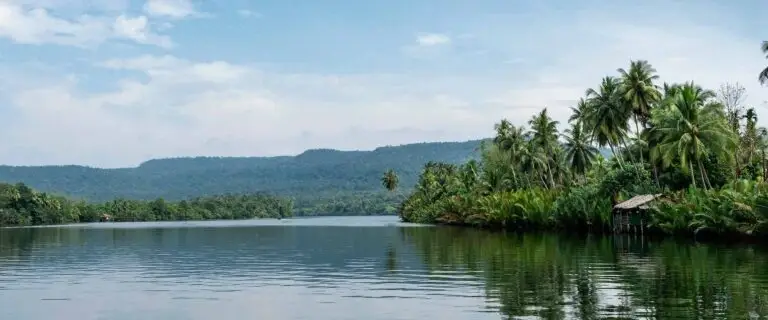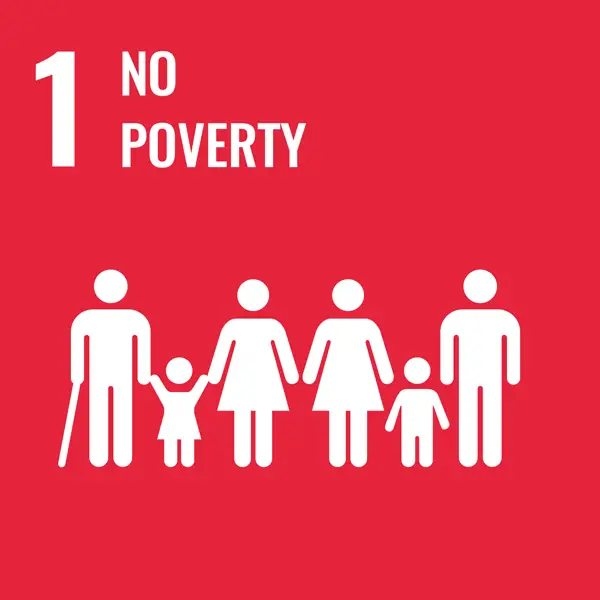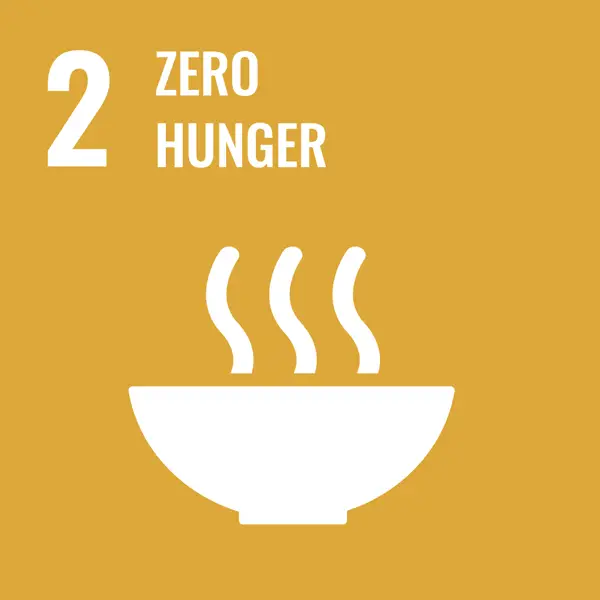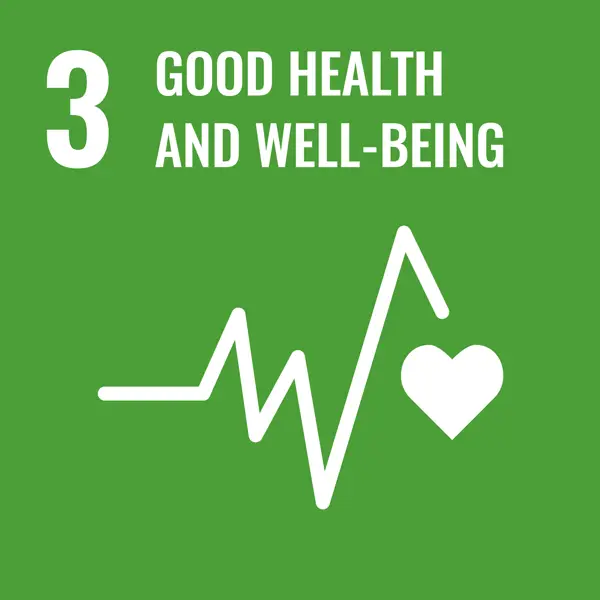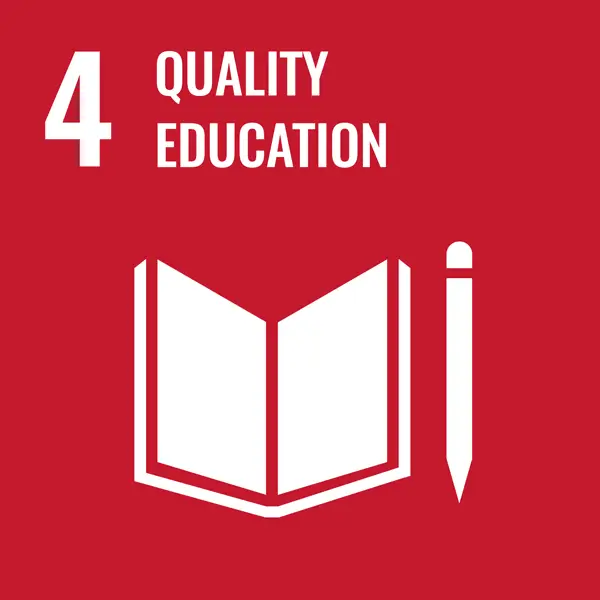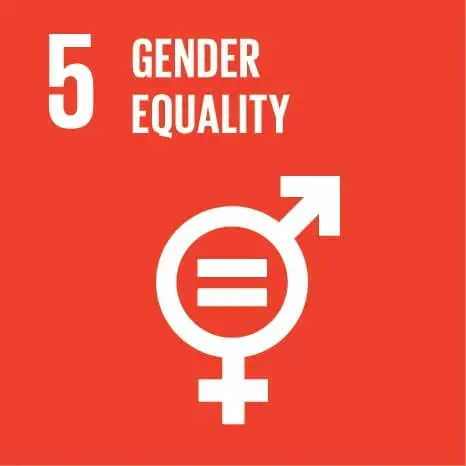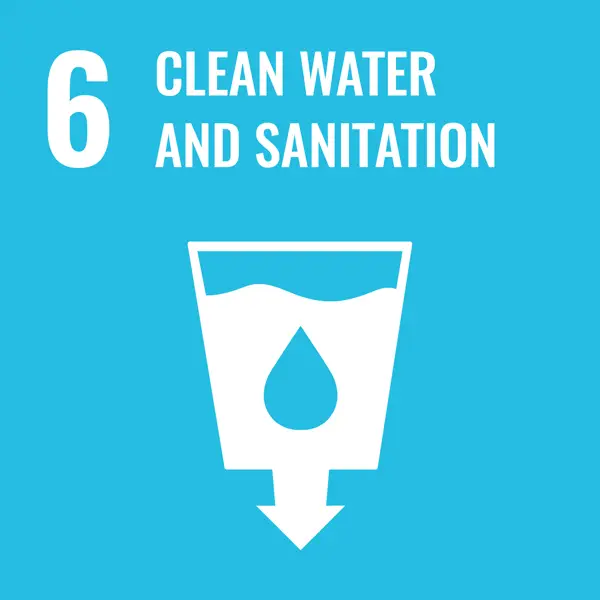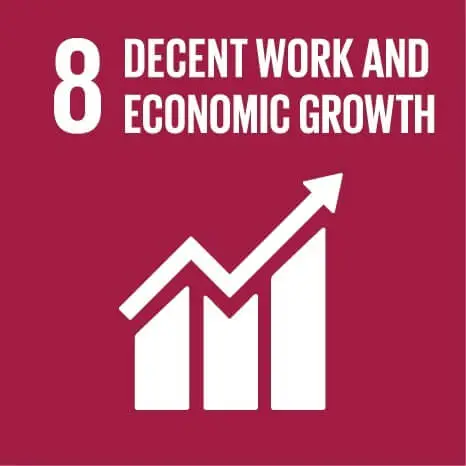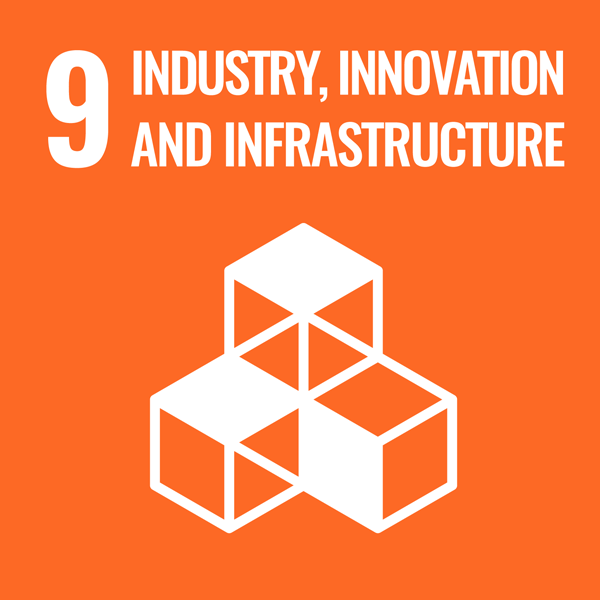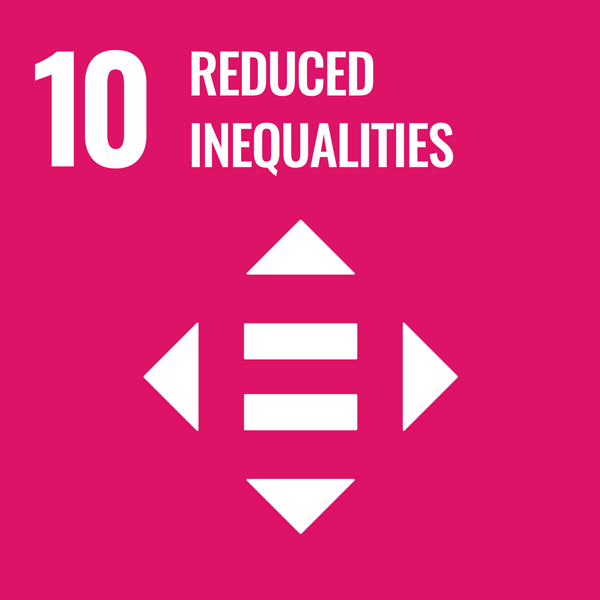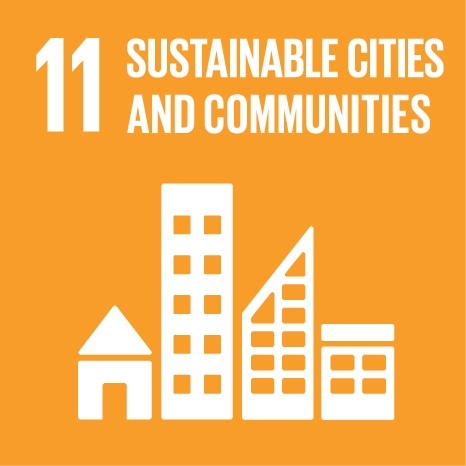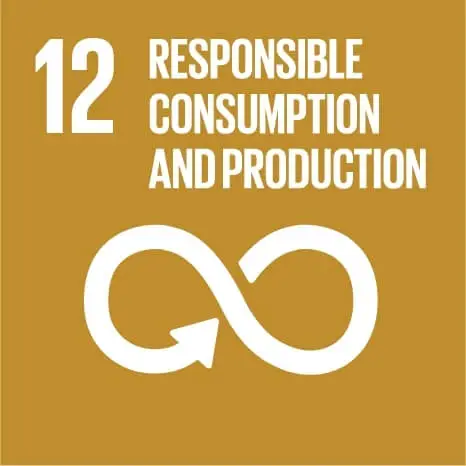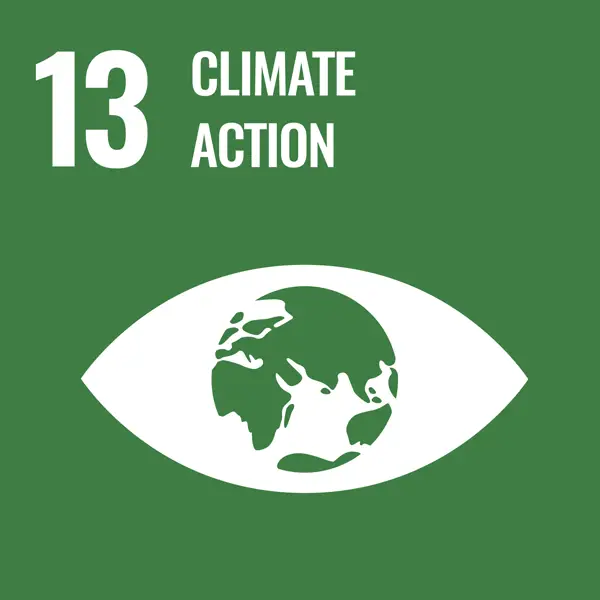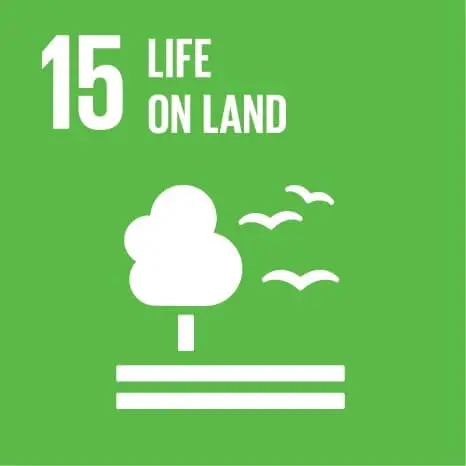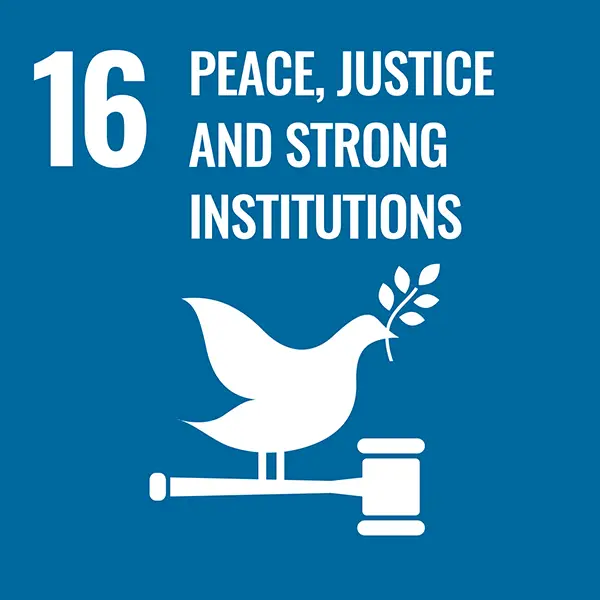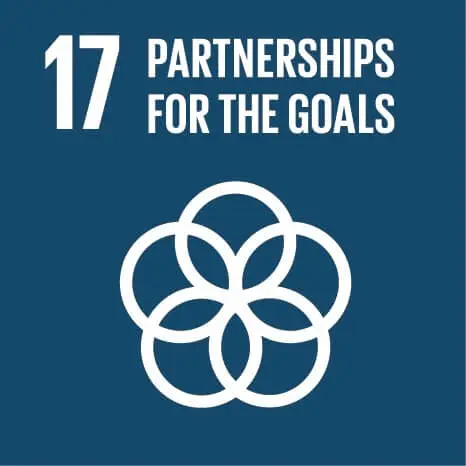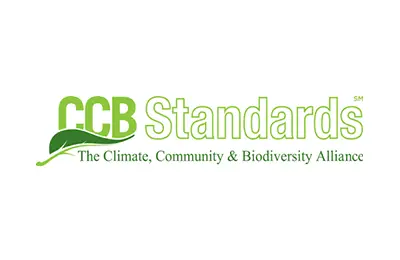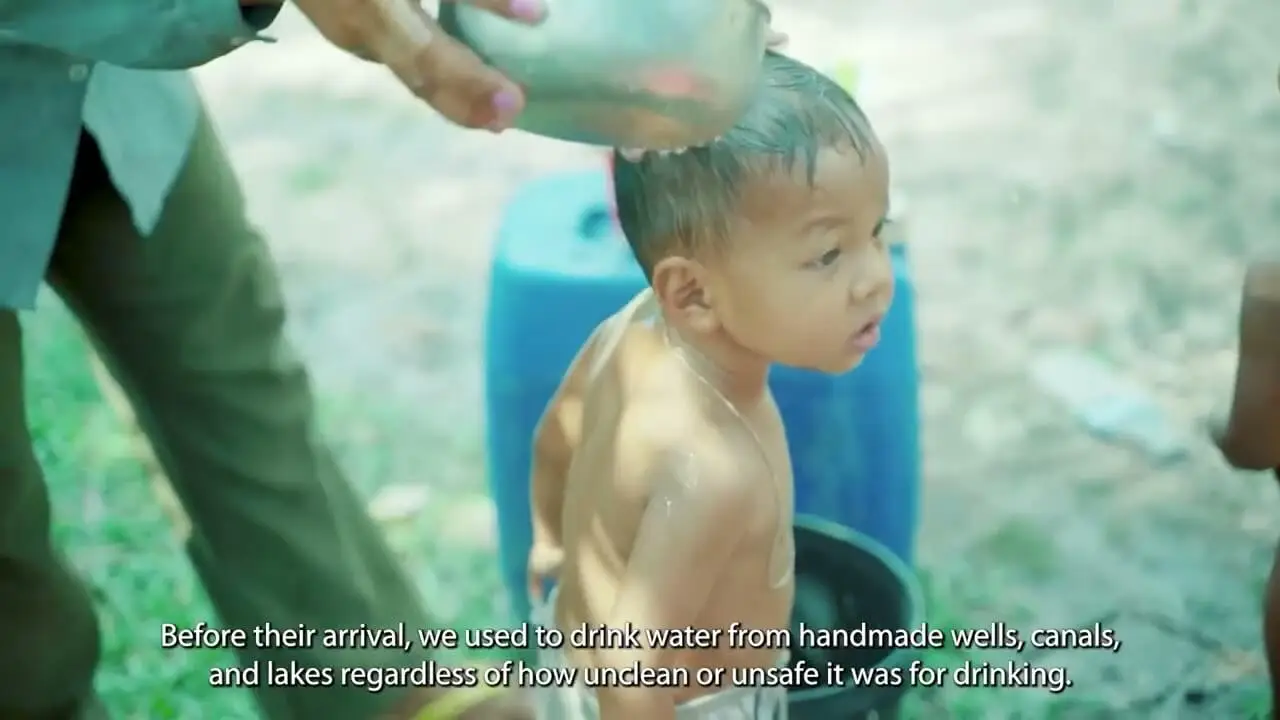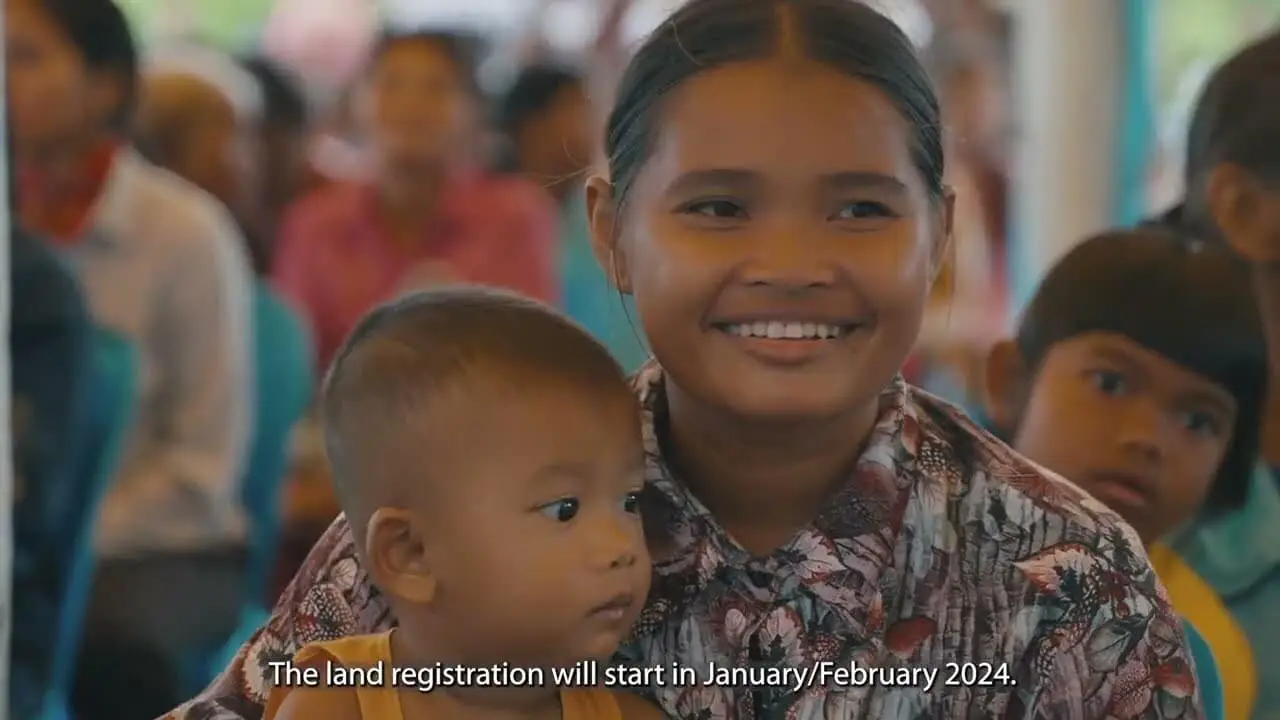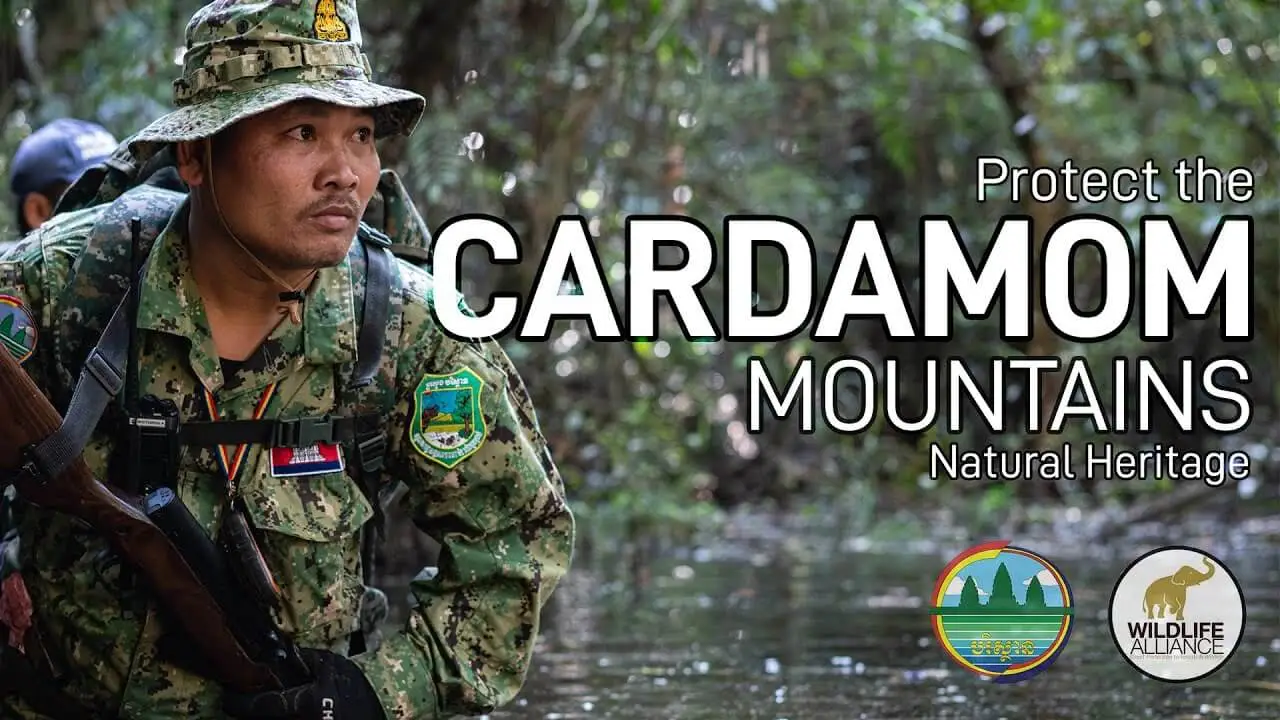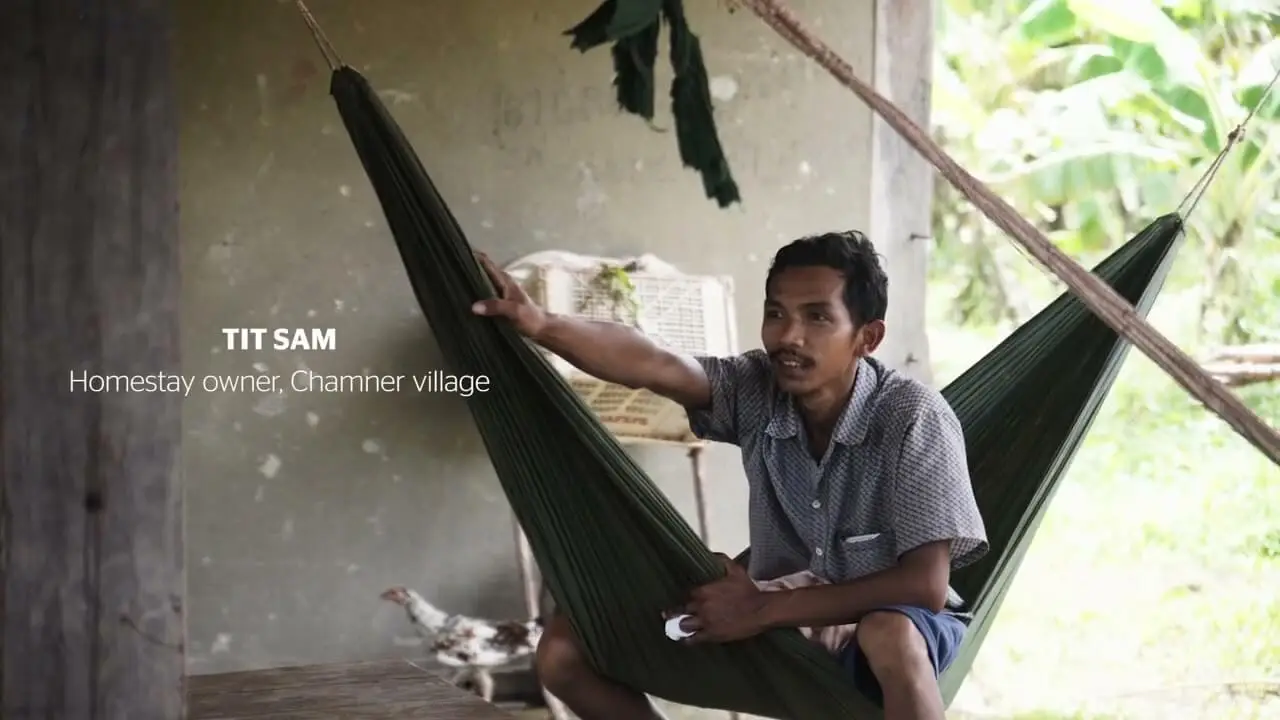The Cardamom Mountains in Cambodia, home to one of Southeast Asia’s remaining primary rainforests, face critical threats from deforestation and wildlife loss. Once largely isolated, the region now struggles with in-migration, agricultural expansion, high poverty rates, and poor access to higher education, all of which exacerbate environmental degradation. The project addresses these challenges by providing local communities with alternative incomes in conservation and tourism, access to micro-loans, and education. It supports the transition from destructive farming, strengthens land rights, and enhances enforcement to deter illegal logging and poaching. The project addresses interconnected environmental and social challenges by improving community well-being and economic stability.
Where & Why
The Cardamom Mountains boast one of Southeast Asia’s last pristine rainforests, a densely forested landscape that stretches across southwestern Cambodia. This remote region remained undisturbed for decades, shaped by its turbulent past as the final stronghold of the Khmer Rouge. The presence of guerilla warfare and residual land mines long deterred outside contact, allowing the forest to thrive in isolation. In recent years, the Cardamoms have become more accessible, leaving the area increasingly exposed and vulnerable to deforestation. Between 2001 and 2023, Cambodia lost roughly a third of its forests, highlighting the urgent need to protect the Cardamoms as one of the nation’s largest remaining wilderness areas.
The Cardamom Rainforest is part of the Indo-Burma Hotspot, one of the world’s 36 biodiversity hotspots. The region is a mosaic of monsoon forests, and wetlands that provide a critical habitat for over 150 threatened wildlife species including clouded leopards, sun bears, and critically endangered Siamese crocodiles and pangolins. The rainforest is also an important watershed, feeding 22 major rivers that flow into one of Southeast Asia’s largest intact mangrove ecosystems.
The Cardamoms’ rich biodiversity and unspoiled landscapes make the region an attractive ecotourism destination. Visitors are drawn to its majestic waterfalls, untouched coastlines, and dense rainforests, with opportunities to go hiking, kayaking, and wildlife watching. The area is one of the few places where rare animals such as elephants and gibbons can be seen in their natural habitats. With its unspoiled beauty and biodiversity, this off-the-beaten-path destination is gradually gaining interest among nature lovers and eco-tourists.
Unfortunately, years of hunting have taken a toll on the region’s wildlife. Wild animals are routinely poached and sold for meat, traditional medicine, or the exotic pet trade. To make matters worse, hunters’ snare traps often capture other animals unintentionally. In the early 2000s, elephants and tigers were intensely poached in the Cardamom region. Today, only around 500 wild Asian elephants remain in Cambodia, while tigers haven’t been seen since 2007 and are considered functionally extinct in the country.
The Cardamoms serve as a vital sanctuary, supporting these species’ survival and potential recovery. They are home to one of Cambodia’s last significant elephant populations and one of Asia’s final seven elephant corridors. As forests across Asia become increasingly fragmented, these corridors link them together, allowing elephants to move safely between habitats, reducing human-wildlife conflict, and connecting herds. The Cardamoms have also been identified as a prime site for tiger reintroduction, with renewed conservation efforts aiming to bring the big cat back to the region.
Like many mountainous areas in Cambodia, the remote villages in the Cardamom Mountains experience high poverty rates. Communities rely on rice cultivation and other subsistence agriculture for survival, utilizing destructive slash-and-burn techniques to clear forests. With limited employment opportunities, many people turn to harmful activities such as illegal logging and firewood gathering for extra income. Children often work on family farms instead of getting an education, further entrenching the cycle of poverty and deforestation.
New arrivals to the region also drive deforestation in the Cardamoms. Migrants clear forested land to build homes and farms as they settle the area. Additionally, forests are cleared by private companies for large industrial plantations and by speculators seeking to profit from land sales. These activities, made easier by weak land rights and enforcement, accelerate forest loss and threaten the land and resources that local communities rely on. If deforestation from agriculture continues at its current pace, it could result in the loss of more than 1,094,000 acres (442,000 hectares) and severely affect the 16,000 people living in the area.
How & Who
This project focuses on protecting forests to combat climate change, safeguard biodiversity, and support sustainable livelihoods. Directly benefiting around 2,500 families in 21 villages, it addresses challenges such as deforestation, wildlife loss, and economic hardship. By integrating conservation with community development, the initiative balances environmental protection with local economic needs.
A foundational component of this approach is participatory land use planning which clarifies the boundaries of community lands and protected forest areas while strengthening the land rights of local communities. This has led to 28 villages securing their land rights and helps prevent unauthorized forest clearing and resolve land disputes. However, effective enforcement is needed to ensure regulations are upheld. The project has expanded patrols to prevent poaching and illegal logging. To accomplish this, the project employs 134 rangers and established a community anti-poaching unit. These teams have carried out nearly 30,000 patrols, removing 275,000 snares, confiscating 9,000 chainsaws, and rescuing 3,200 animals captured from the wild. The project has provided them with essential skills, tools, and technology needed for this work.
The project also encourages strategies like agricultural intensification to help local communities prosper while reducing deforestation. Over the project’s lifetime, 3,000 people will receive training in eco-friendly farming techniques, better tools, and improved crop varieties. These tactics improve soil health and boost yields, reducing the need to clear land for new fields via slash-and-burn farming.
To address the economic hardships driving deforestation, the project fosters sustainable alternative livelihoods and prioritizes local employment at all levels, with an emphasis on empowering women and marginalized groups. A community-based ecotourism initiative has launched, which equips local residents with skills for roles in hospitality, guiding, cooking, and customer service. This program has attracted over 23,000 visitors, generating income for 480 families. Future plans include expanding ecotourism opportunities through new trails, guesthouses, homestays, and outdoor activities like mountain biking and kayaking. To support entrepreneurship, the project offers micro-loans, enabling community members to start or grow income-generating ventures. Additionally, university scholarships are granted to create pathways to greater economic opportunities for future generations.
In addition, a portion of the project’s proceeds are used to improve health and sanitation by hiring additional healthcare staff, upgrading facilities, and installing handwashing stations at schools. One of the project’s most transformative achievements has been providing clean water to 80,000 people. Previously, many community members had to walk long distances to fetch water, which was often polluted and unsafe. New wells and rainwater systems have ended these hardships, greatly improving public health and quality of life.
These efforts combat climate change and tackle deforestation while contributing to 15 of the 17 UN Sustainable Development Goals. Together, they deliver long-term benefits for local communities and the region’s biodiversity.
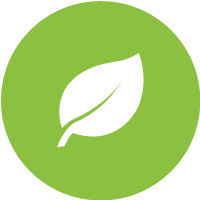
Environmental Benefits
- Mitigates climate change by protecting forests
- Safeguards critical habitats for endangered species
- Protects animals from poaching and illegal trafficking
- Improves water quality and flow in local watersheds

Community Benefits
- Increases incomes by creating job opportunities in ecotourism and conservation
- Improves agricultural productivity of subsistence farmers
- Improves health through better healthcare, clean water access, and improved sanitation
- Increases access to education and skills development
- Empowers women through training programs and financial resources
- Increases land tenure security for communities
Project Type

Forests
Location
Cambodia
Annual CO2 Reduction
3,580,834 metric tons CO2e (expected annual average for crediting period)
SDGs Supported
Verification Standard
Project Developers
Wildlife Alliance
Project Documents
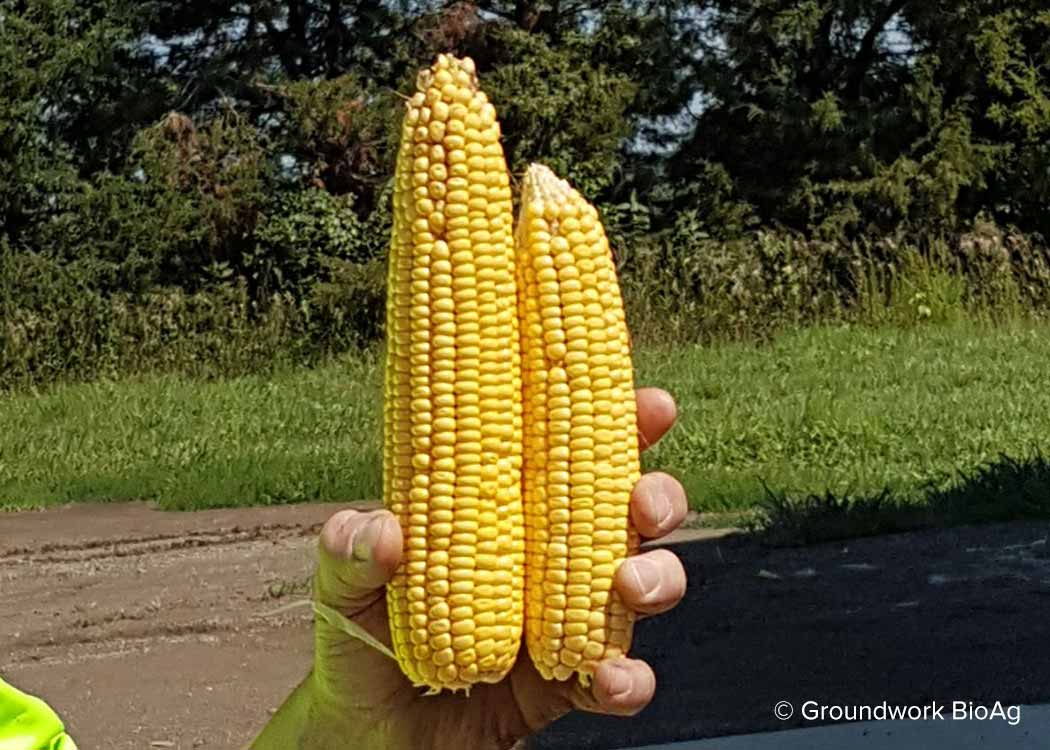

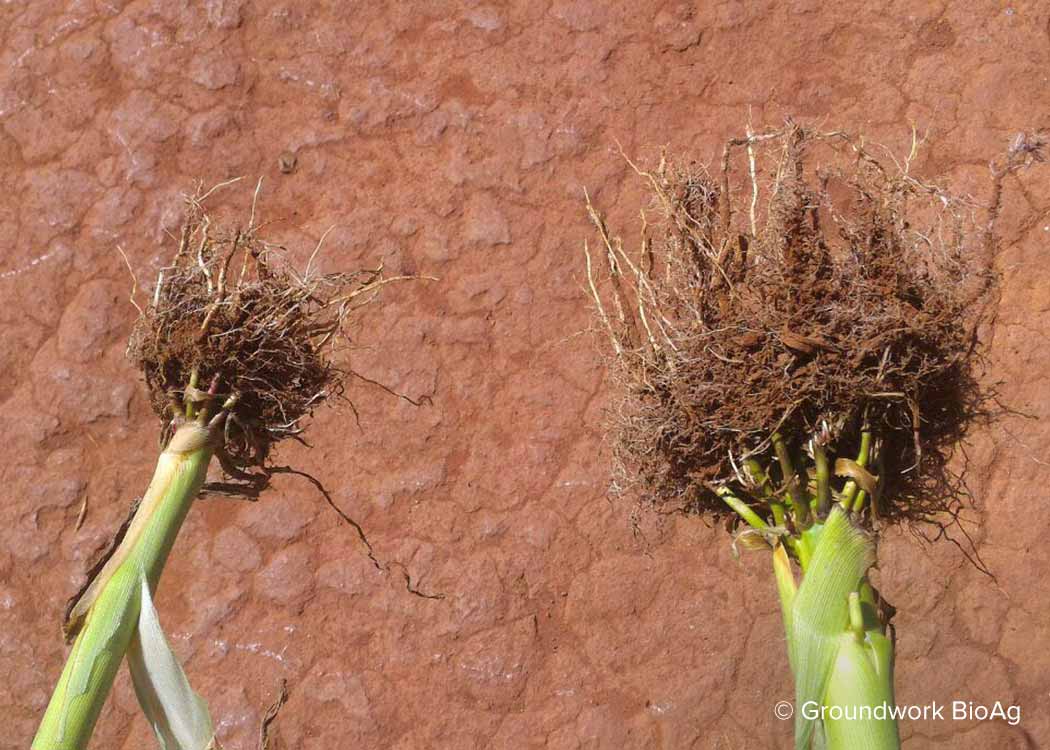
Offset your Travel Footprint
Calculate and offset the carbon footprint of your flight in seconds via our online carbon calculator. Already know your carbon footprint? Click the option to “offset now.”

